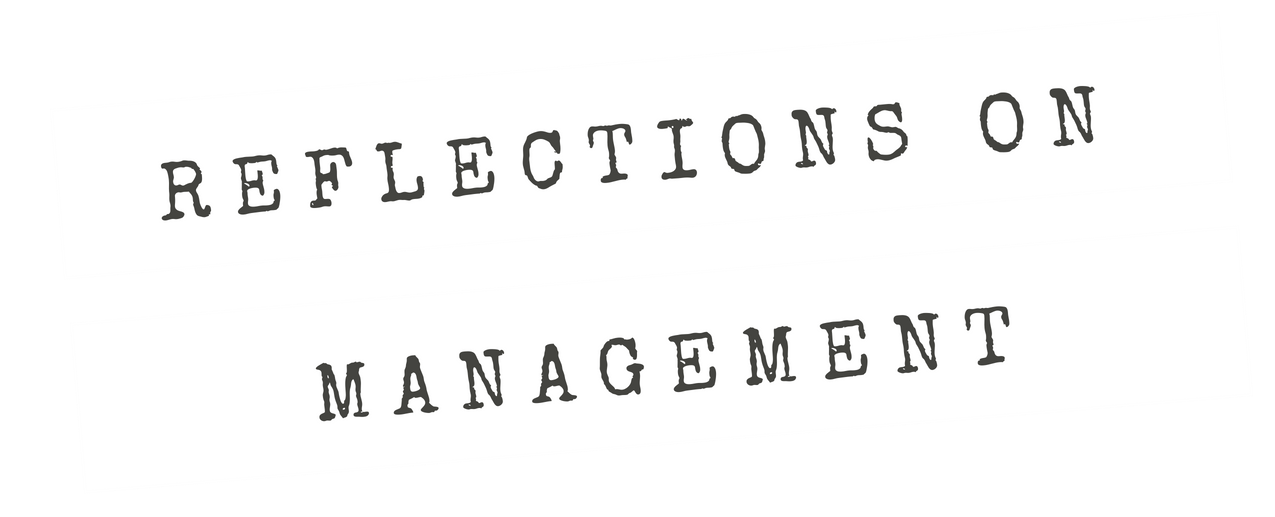We have to accept the fact that if we come up with a framework that’s going to serve as a metaphor for how the organization views its information, … the metaphor is inherently incomplete.
Season 7, Episode 3 — Click here to download the transcript
When we organize our individual files and folders and store them, there is a relationship we construct among those items we file together. The relationships form a model of how we individually manage our data that helps us remember where we put things for later retrieval, or decide what to throw away. The trouble at the organizational level, where archives represent the sum total of whatever individuals store, is that we often see conflicts among the individuals’ frameworks and whatever may pass for the organization’s preferred framework, if it exists. In this episode, I will talk about building the organization’s framework through structured narratives.
The central problem with sorting knowledge is how individual it is, and that became apparent in my experience of sorting through these DVD archives. In the experiences I related in this episode, I found that no matter what metaphor I may try to use as a story to organize the information around, it would run up against other narratives that other members of the organization use to sort the same information differently. This can happen when you have competing models that describe the relationships among core activities, and parts of the organization favor one over the other. If this divide follows subunit boundaries, maybe that’s ok, but if it becomes more of a democratic differences where each individual takes a side, that makes it hard.
So it is unlikely that any single unifying narrative will work. Instead, there may have to be multiple narratives to account for the different perspectives. But this risks creating a mess.
What I determined is that the path to success lies in not building narratives around things and functions, the way we normally might do it. Build the narratives around decision spaces instead. In other words, the “ways” rather than the “means.” The means change — technologies change, processes change, what we name things change — but the decisions are often more enduring. Thus, as the series continues, I will present five different ways of organizing decision spaces into metanarratives, and I list these five at the end of the episode!


